THE front page of The Sunday Mail announced a shocking crime – a murder that remains baffling to this day.
“Charred body of girl found in drain,’’ the headline declared on September 2, 1934.
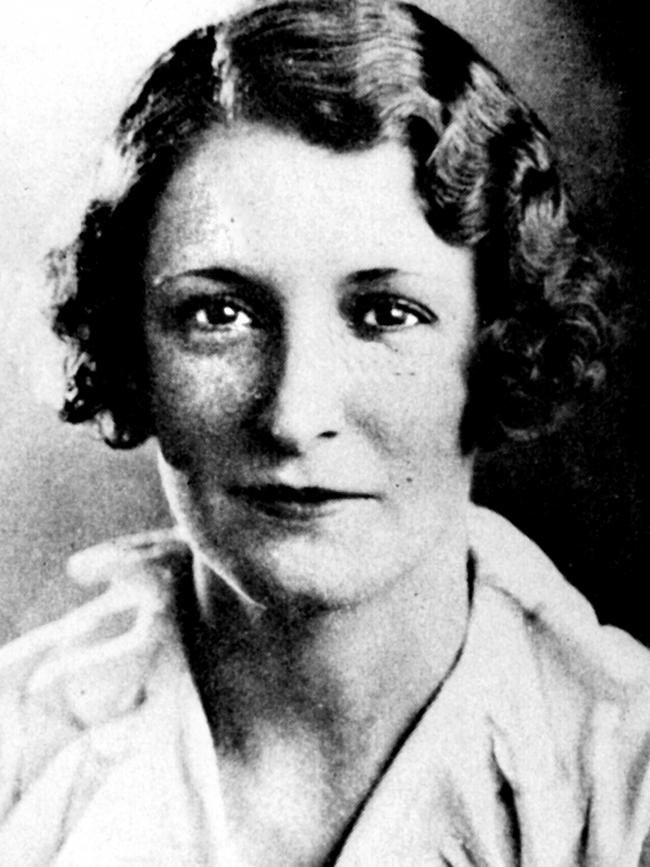
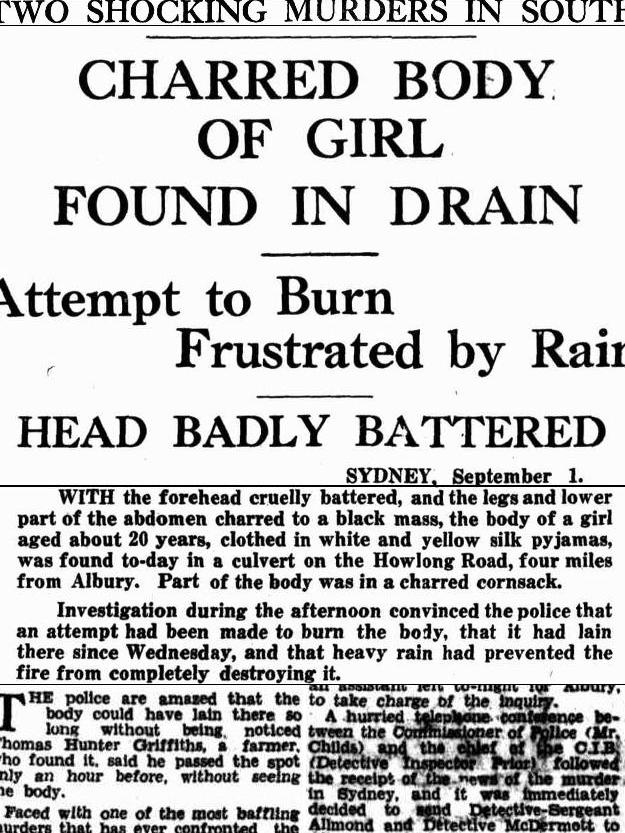
The report followed: “With the forehead cruelly battered, and the legs and lower part of the abdomen charred to a black mass, the body of a girl aged about 20 years, clothed in white and yellow silk pyjamas, was found today in a culvert … four miles from Albury (NSW).’’
A farmer leading a prize bull across a paddock found the charred body of a short, slim, young woman, shoved feet first into a concrete pipe.
Her legs were enclosed in burnt pyjamas with a Chinese dragon motif. The smell of kerosene lingered.
She had been shot in the head, the bullet lodging in her neck, but the cause of death was a fractured skull caused by seven blows, one of which had left a deep wound on the left side of her forehead.
The “Pyjama Girl’’ case has been revived in the latest edition of Grave Tales books by Brisbane writers Helen Goltz and Chris Adams, who bring to life the remarkable stories locked in Australia’s cemeteries.
The Pyjama Girl lies in an anonymous grave in Melbourne but she was in the spotlight for a decade after her death.
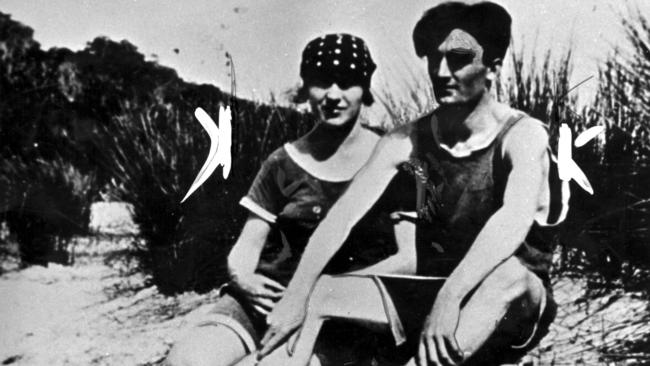
Police made exhaustive searches of missing persons files and examined all the names of young women who had not voted in the 1934 federal election.
They had Pyjama Girl embalmed and taken to Sydney University where, lying in a zinc-lined bath of formalin, she became a macabre tourist attraction in the hope that someone might identify her. Thousands of tip-offs poured in but police drew a blank.
In 1935, an informant said the dead woman could be his missing friend, pretty English-born Linda Agostini, a jazz age party girl who had married Italian-born Antonio Agostini, a popular waiter at Sydney’s Romano’s restaurant.
The marriage was rocky and the couple had moved to Melbourne to start afresh.
The Pyjama Girl loosely fitted Linda’s description but it was not a perfect match.
A Sydney doctor, acting for the mother of a missing woman, claimed that she was actually Philomena Morgan and provided an affidavit that witnesses saw a girl being beaten to death at a hut in Albury.
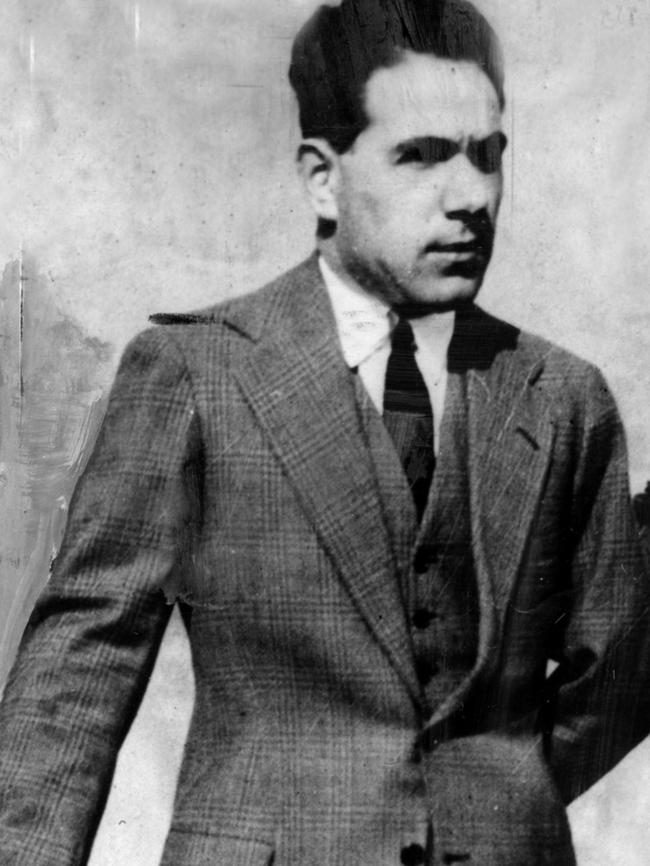
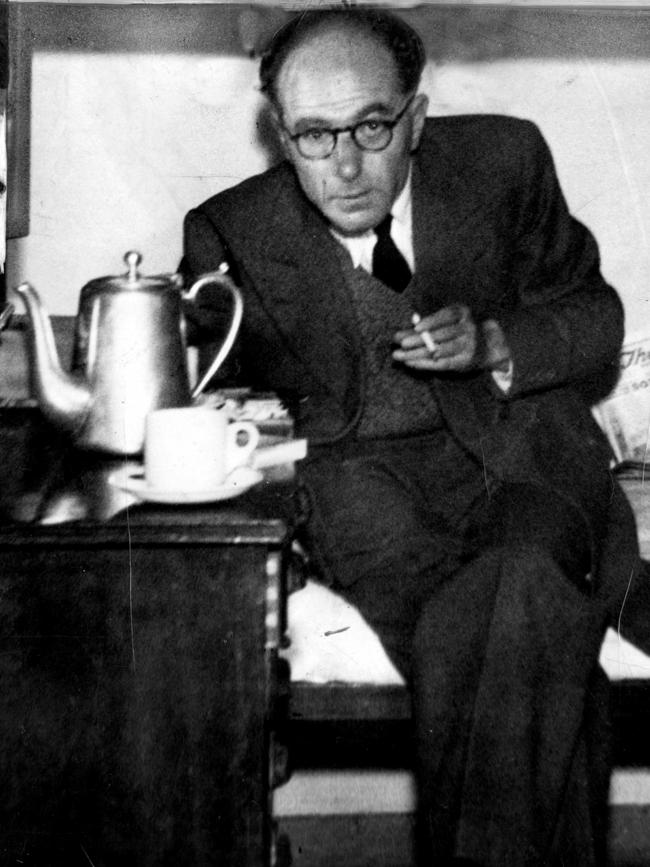
The claim was discredited and police said Philomena was most likely a prostitute using the name Jean Morris, who had been stabbed to death in Ayr in 1932. For 10 years police were under pressure to find the Pyjama Girl’s killer.
In 1944 Antonio Agostini was back working at Romano’s in Sydney and on friendly terms with police commissioner, “Big Bill’’ MacKay. According to Bill, Agostini always seemed nervous and when he asked him why, Agostini blurted out the whole story: that he and Linda had quarrelled, she had pulled a revolver on him, they wrestled, it went off, she died, and in a panic he tried to destroy the body with petrol.
He served four years for manslaughter before being deported to Italy where he died in 1969.
But questions remain.
Why did Agostini, a man who knew guns, say “revolver’’ when the bullet wound was caused by a “pistol’’? Why did he say “petrol’’ when the farmer who found the Pyjama Girl smelled of kerosene and why did he never mention the massive head wounds that had actually caused the Pyjama Girl’s death?
Linda had brown eyes and large breasts. The Pyjama Girl had blue eyes and small breasts.
The audio version of Grantlee Kieza’s best-selling biography of Banjo Paterson is available at audible.com

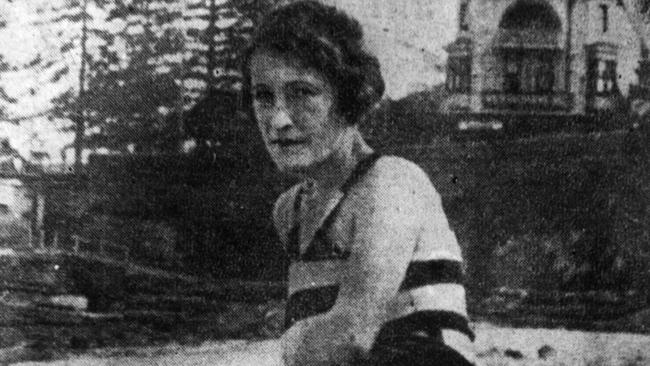
Add your comment to this story
To join the conversation, please log in. Don't have an account? Register
Join the conversation, you are commenting as Logout
Cops’ surprise find in paper bag
A 49-year-old man faces multiple charges after police patrolling the streets of Brisbane’s inner-south seized items allegedly found in a paper bag he was carrying.
‘Just insane’: People of Ingham on living their worst nightmare
We’ve all seen the photos and jaw-dropping footage. But the people of Ingham watched the harrowing scenes unfold first-hand as an “insane” torrent of water swept through their homes and town. These are their stories.